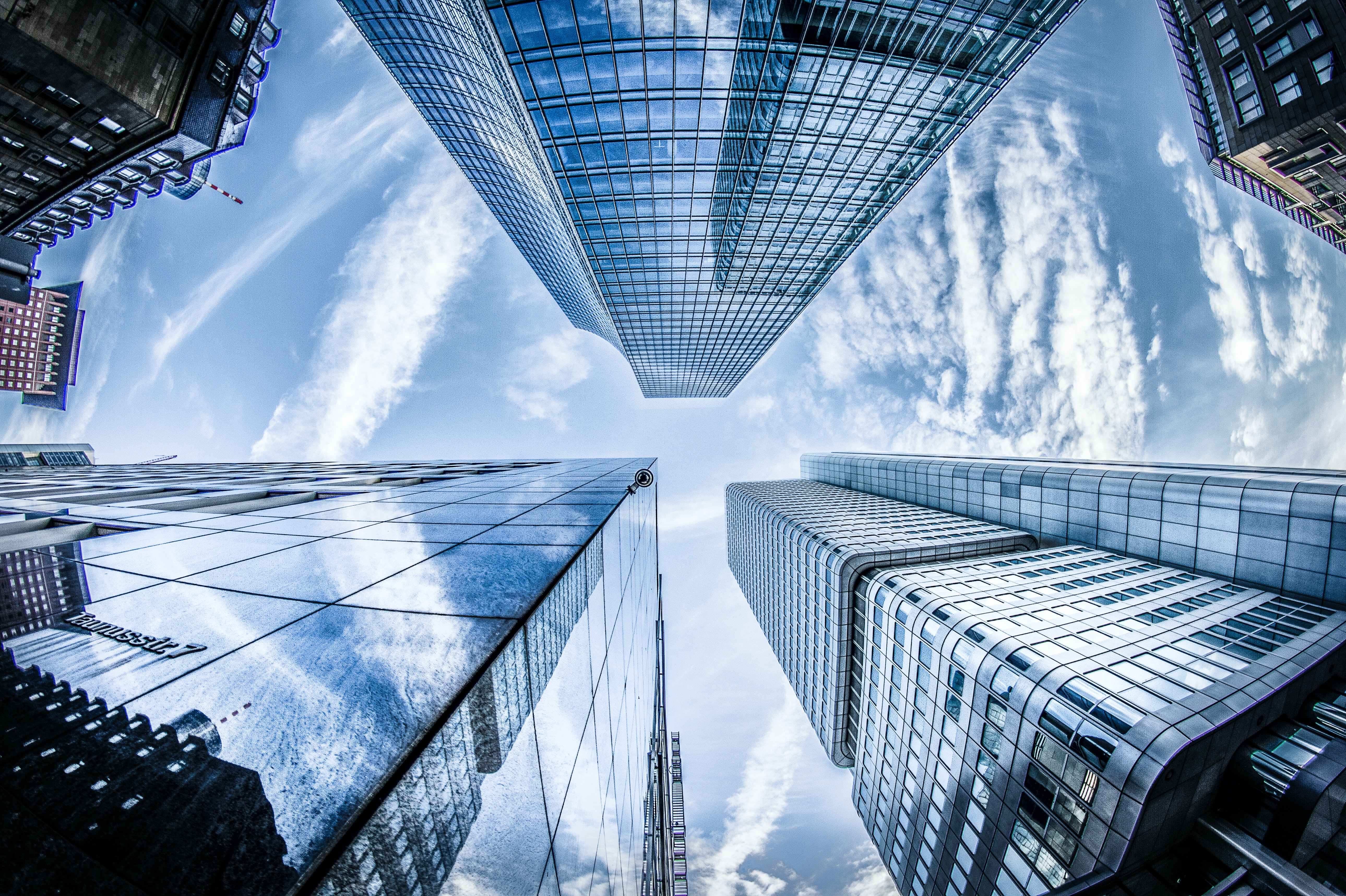If you are a business owner, it is critical that you understand the concept of a business cycle. No matter what industry you are in, all businesses operate around business cycles. The business cycle, also called the economic cycle, the “boom-bust” cycle or the trade cycle, refers to the cycle of fluctuations in the GDP (Gross Domestic Product) around its long-term natural growth rate.
A business cycle is characterized by four different phases which are recession, recovery, growth, and decline and they all repeat themselves in a continuous cycle over time. Every business has different lengths of the business cycles from 2 to 12 years. The business cycle is a helpful model to explain fluctuations in the business operations. Read on to learn more about the four phases of the business cycle.
Business Cycle Stages
Expansion
This is the first stage of the business cycle. There is an increase in economic indicators including income, employment, wages, profits, demand, and supply of goods and services. Expansion is growth and moves in an upward pattern.
Peak
The peak follows as a result of the expansion and is the top of the business cycle. During this time, prices are their limits and other increases are seen in the phase. There is no more growth in the economy and retail sales are declining and economic output is decreasing.
Contraction
Once the growth has stopped, the next step is that it needs to go down. This happens right after the peak and before the economy reaches a trough. This results in job losses and an increase in the unemployment rate. During this time, there is not enough currency circulating in the economy because consumers are not spending.
Recession
A recession, also known as a trough, is where the economic activity including buying, selling, production, and employment are diminished. This period usually lasts from 6 months to a 1 year. It consists of two-quarters of negative GDP growth.
Producers do not realize that there is a decrease in the demand right away and continue to product, this creates an excess of supply in the market. Then everything starts to fall.
Depression
A depression is worse than a recession but caused by the same factors and take from months to over a year. It is unclear how long a depression can last. There is a rise in unemployment as well.
Trough
Businesses cut costs and lower prices after the recession. By lowering the prices, it creates demand and customers start ordering again. Businesses start to hire new employees and expand.
Recovery
The recovery phase is also called an upturn and is where the economy bounces back from the trough and construction phases. It starts after a trough and before the economy begins in expansion. Once there are steady levels of growth, the business cycle of the economy ends and starts again.
How The Business Cycle Affects You
Businesses of all sizes should understand the overall health of the economy. By understanding the business cycle, you can see if you need to change your business model and pricing strategy.
Economic factors that affect businesses include:
- Consumer confidence
- Employment
- Interest rates
- Inflation
- Productivity
- Taxes and interest rates











